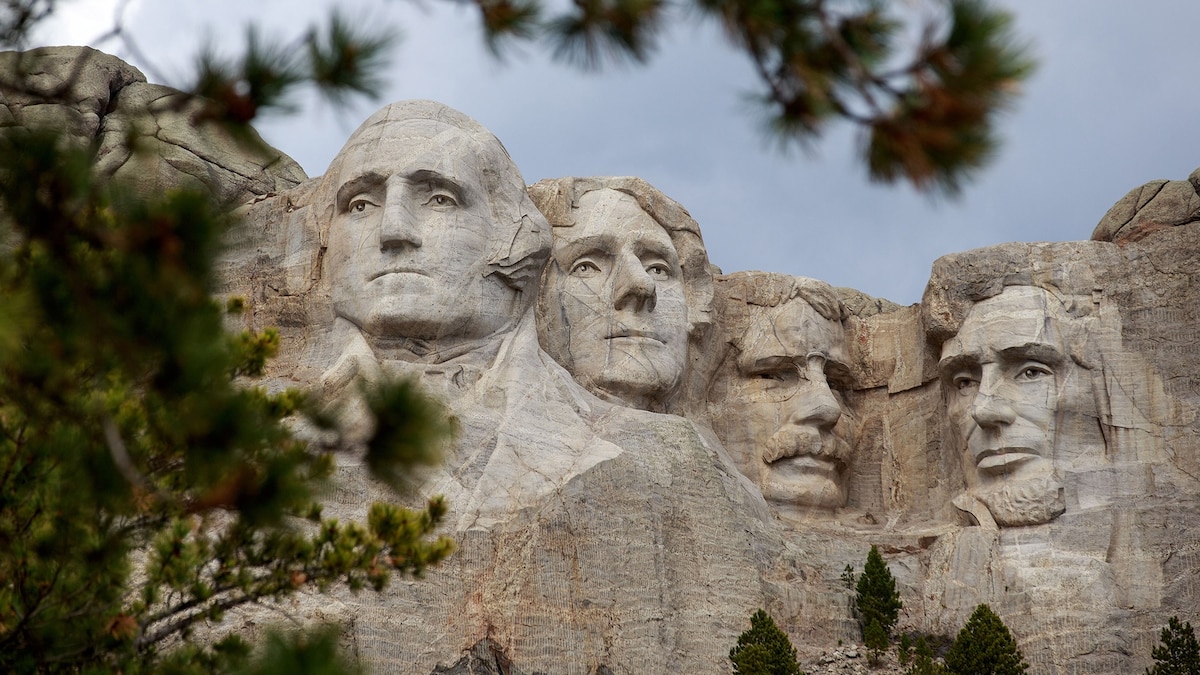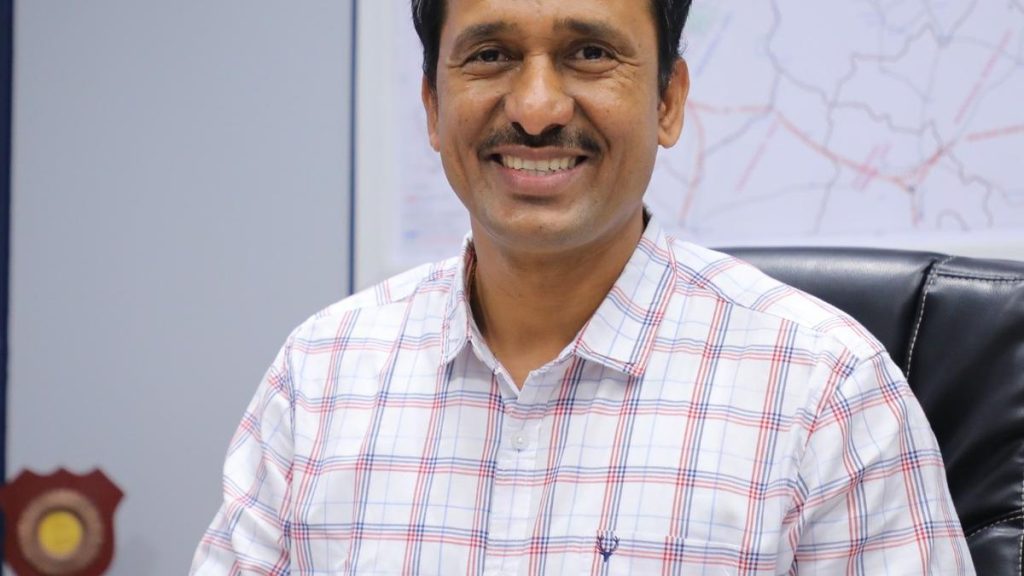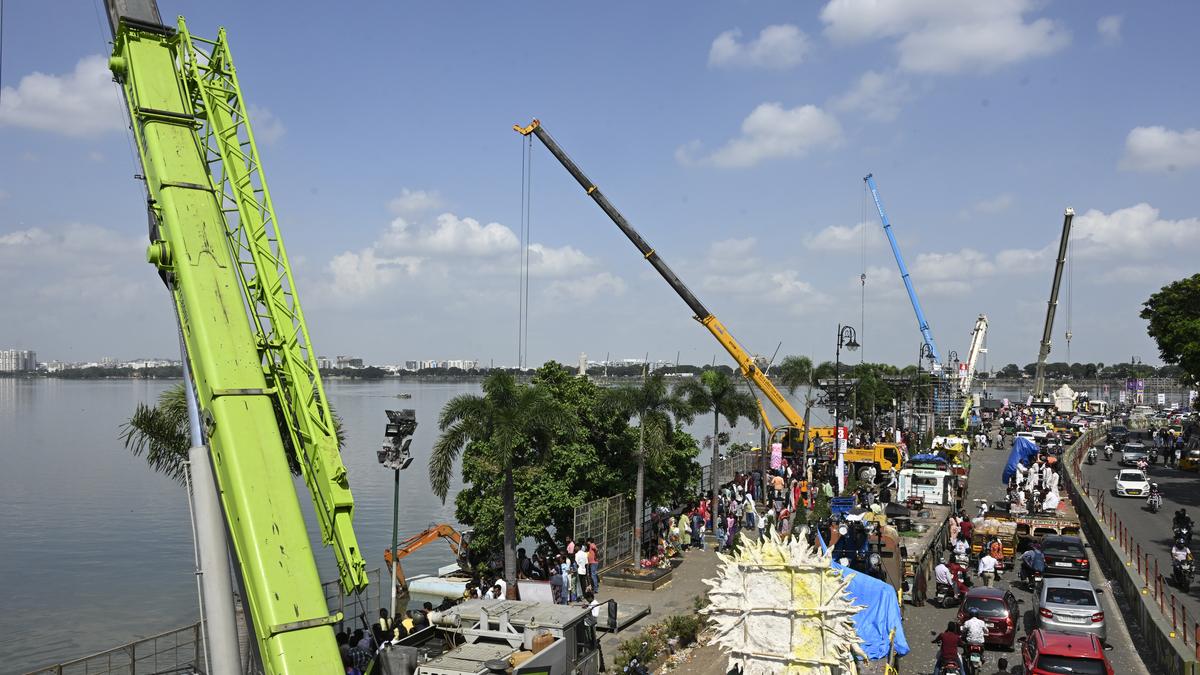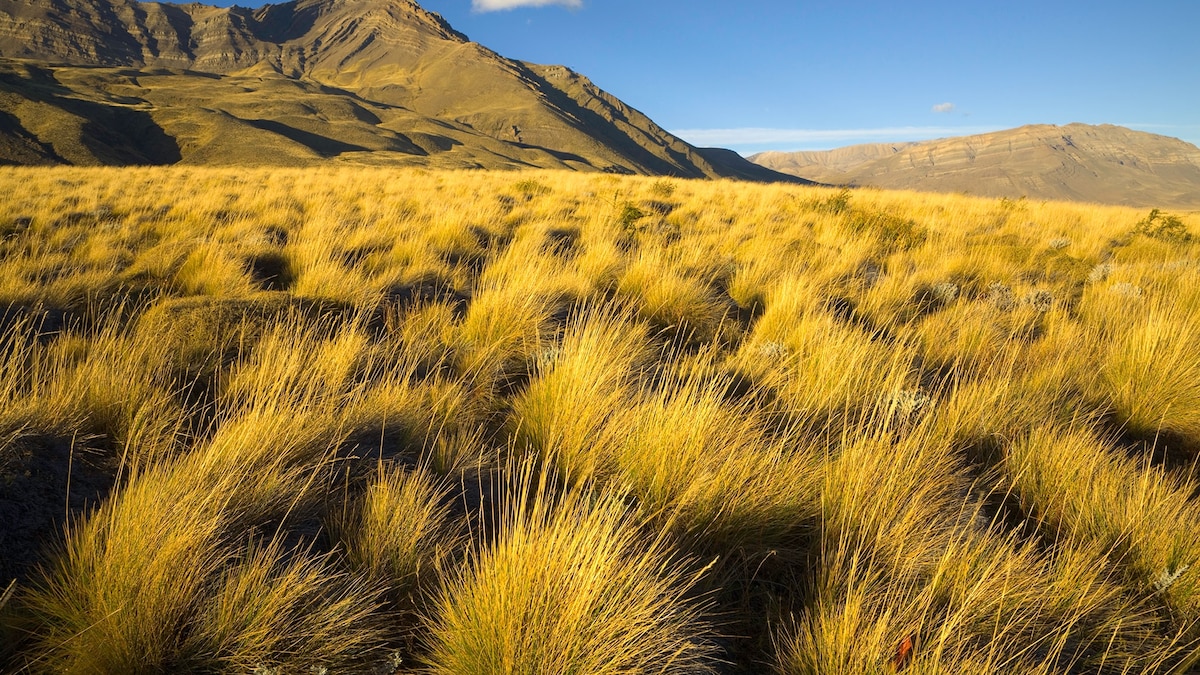Now Reading: Mount Rushmore: A Monument Shaped by Controversy and Loss
-
01
Mount Rushmore: A Monument Shaped by Controversy and Loss
Mount Rushmore: A Monument Shaped by Controversy and Loss

Quick Summary:
- Mount Rushmore Location & History: Situated in the Black Hills, South Dakota, Mount Rushmore was carved between 1927-1941. Before colonization, the Indigenous Lakota called it Tunkasila Sakpe Paha (Six Grandfathers Mountain), a sacred site. Despite treaties like the Fort Laramie Treaty of 1868 granting exclusive rights to Native tribes, U.S. settlers seized the land following gold discoveries in 1877.
- Tourist Development: In 1924, historian Doane Robinson proposed carving historical figures into granite as tourist attractions. Gutzon Borglum led this project and advocated featuring U.S Presidents George Washington, Thomas Jefferson, Theodore Roosevelt, and Abraham Lincoln for their roles in American expansion.
- Construction Challenges: workers used dynamite and precise tools for the sculptures; funding shortages prolonged completion untill October 31,1941. Borglum’s plan for a “Hall of Records” behind the faces remained unfinished but was later used by the National Park Service to house historical documents in 1998.
- Controversial Legacy: The memorial has drawn criticism for being built on stolen Indigenous lands and overlooking Native history while celebrating colonial expansion. Protests have occurred over its symbolism as a site of “uncomplicated patriotism.”
- Popular Culture & Public Response: mount Rushmore has been featured controversially in Alfred Hitchcock’s films and other media depictions but remains central to debates about historical depiction.
Images included:
- A sculptor working on Abraham Lincoln’s face Image Source.
- Dynamite workers preparing stone blasting Image Source.
- Construction beginning with dynamite usage Image Source.
- Tourists viewing completed carvings from different eras [Images linked] such as both symbolic gatherings.
Full article here: Read More
Indian Opinion Analysis:
The complex history of Mount Rushmore highlights critical lessons about heritage preservation alongside competing narratives of power and protest over indigenous rights globally-including similarities with India’s struggles around colonial appropriation or contested monuments (e.g., Raja Rao or Victoria legacy spinoffs).
For India-rooted amidst exploring national memory amidst tribal evolution zones (some simultaneous overlaps pre-partition eras)-observations pose nuanced dialogues India historic tourist quota thrives boundaries nuances respectful monument significations focus-essential educative additions similarly potential re-direct balances harness learns Monument stories-dialog
























